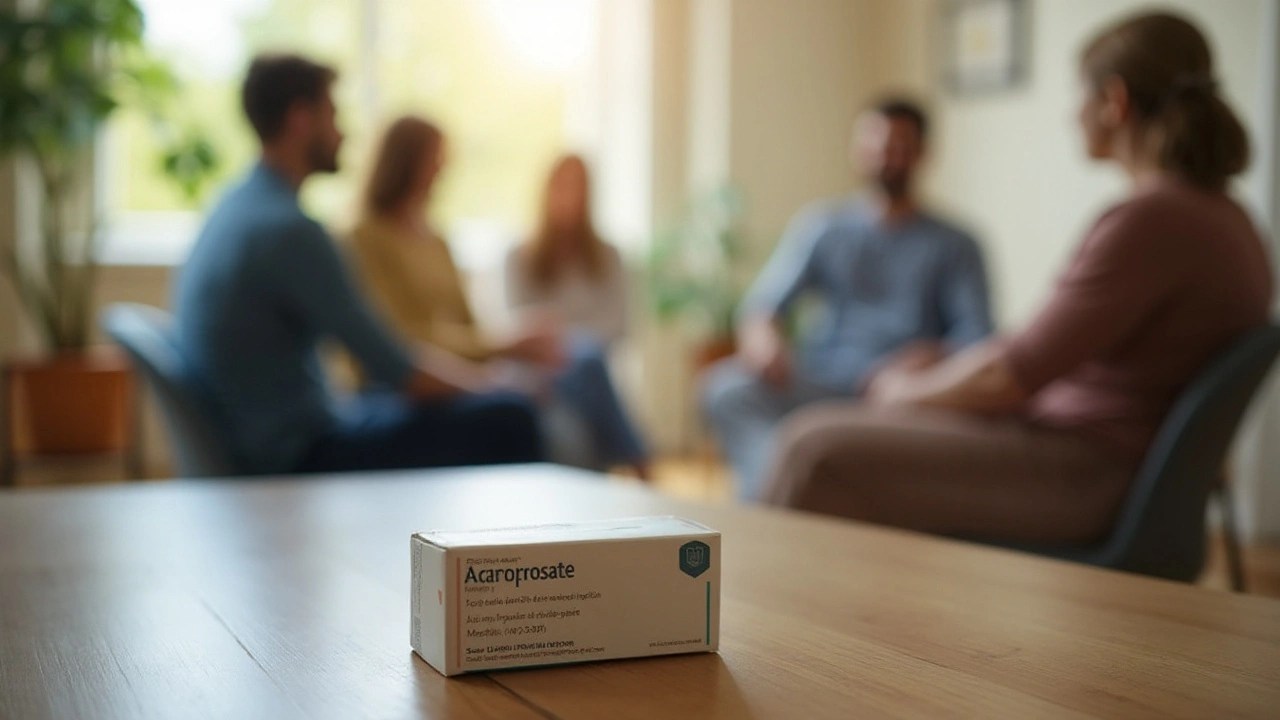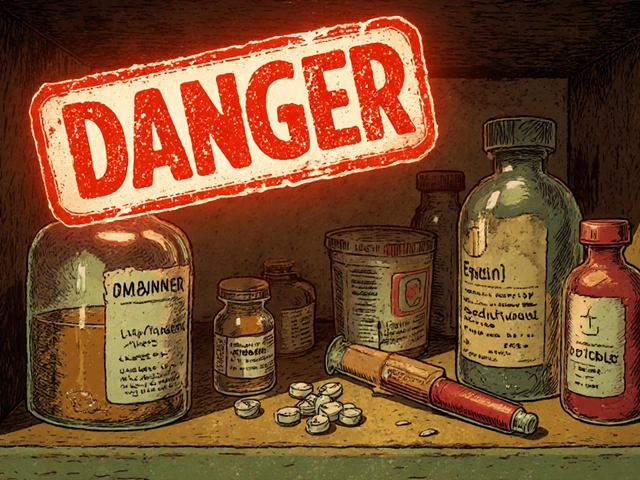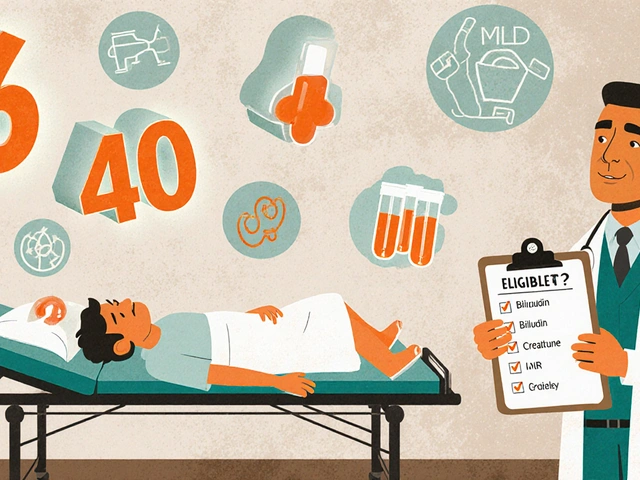Medication: Practical Guide to Buying, Using, and Staying Safe
Finding the right medication can feel overwhelming. You want something that works, won’t cause surprises, and is easy to get. This page pulls together practical advice from our articles—buying meds online, comparing alternatives, spotting drug interactions, and simple safety steps you can use today.
When buying online, always check four things: the pharmacy asks for a prescription, shows clear contact details, accepts secure payments, and has real customer reviews. If a seller offers prescription antibiotics like Zyvox or Bactrim without a prescription or a crazy low price, walk away. Also look for clear return and privacy policies before you enter payment details.
Know the med class and what to watch for. Diuretics like Lasix need electrolyte checks; blood pressure drugs such as losartan (Cozaar) need periodic follow-up; and some drugs require lab monitoring. If an article mentions a side effect, don’t ignore it—ask your clinician if it might apply to you. For chronic meds—statins, diabetes drugs, or pulmonary hypertension treatments—track symptoms and test results so your provider can adjust therapy safely.
Drug interactions are real and often subtle. Citrus fruits such as grapefruit, Seville oranges, and pomelo can change drug levels for many medicines, not just statins. Always read the interaction section on a drug page and tell your healthcare provider about supplements and over-the-counter products you use. A quick pharmacist check can prevent a lot of problems.
Looking for alternatives? If one drug isn’t right—whether it’s Isotroin for acne or Sitagliptin for diabetes—there are often several options. Our comparison posts walk through pros and cons, common side effects, and which patients might benefit most. Use those guides to prepare targeted questions for your prescriber rather than guessing on your own.
Using medications safely at home
Store meds in their original container, away from heat and moisture. Keep a list of current prescriptions and supplements in your phone. If you miss a dose, follow the instructions on the leaflet or call your pharmacist—don’t double up unless told to. Dispose of expired or unused drugs through a take-back service or follow local guidelines.
Quick checklist before you take a new drug
1) Confirm diagnosis and why this med was chosen. 2) Ask about common and serious side effects. 3) Check for food or drug interactions, including citrus warnings. 4) Know monitoring needs—blood tests, blood pressure checks, or rhythm monitoring. 5) Verify how to get refills and what to do if you run out.
We cover many specific topics—buying peptides, safe sites for ED meds like Vidalista, inhaler options such as Primatene Mist, and alternatives to drugs like Atarax or Augmentin. Use those articles to learn details, then talk to a healthcare professional before changing treatment. If something smells off online or in person, trust your gut and ask questions.
Browse the tag list to find detailed guides on dosing, legal issues, and brand comparisons. Bookmark pages you trust and check back—drug advice changes, and we update our posts when new evidence appears.

Acamprosate in Alcohol Rehab: Effective Integration into Treatment Programs
Exploring the role of Acamprosate in alcohol rehabilitation, this article delves into how the medication can be integrated into treatment programs to aid in recovery. It examines the benefits and limitations of using Acamprosate and provides practical tips for effective integration. The piece seeks to offer insights to rehab professionals and individuals interested in understanding this approach to treating alcohol dependency.
Read More




